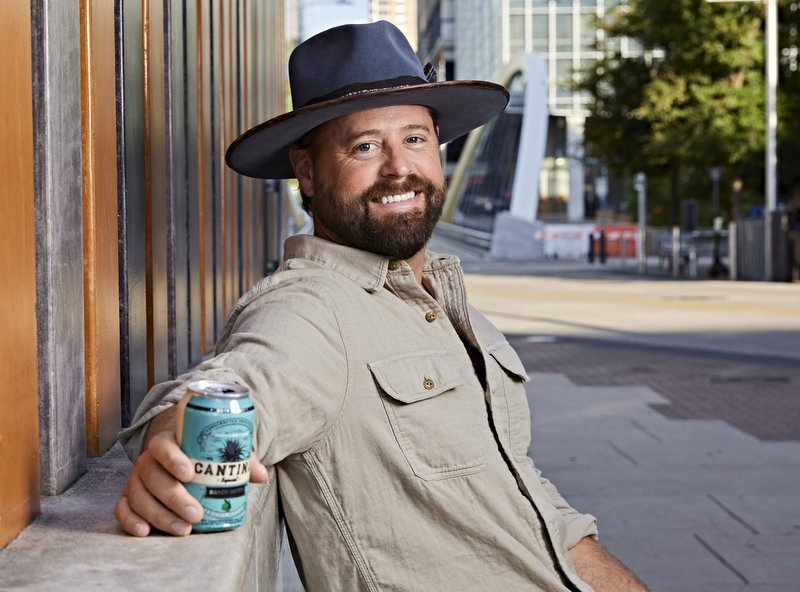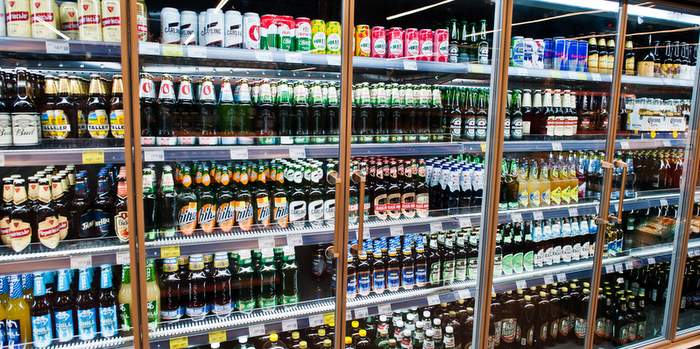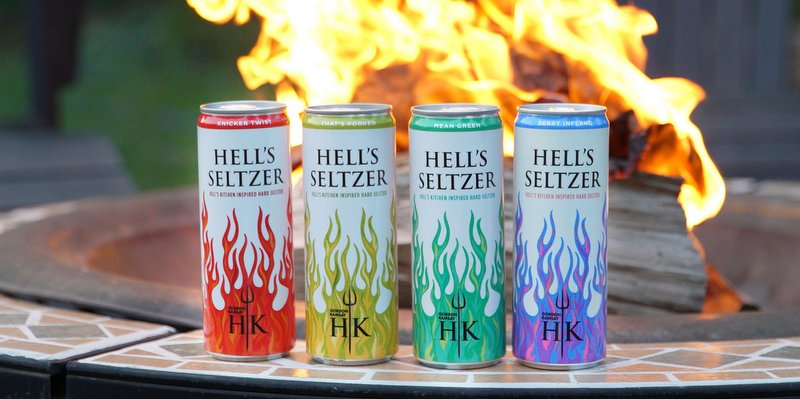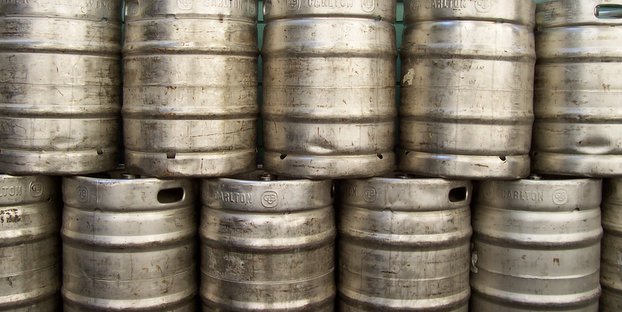
Boston Beer recently acknowledged the slowing popularity of hard seltzers due to new competition from the rise of the ready-to-drink cocktail industry. Over the past 10 years successfully navigating the RTD Space, I was not surprised to see the rise in RTD cocktails becoming more and more popular due to the high demand for convenient, on-the-go, and low-ABV drink options, and I don’t see this beverage category going anywhere anytime soon.
Recently, data has reflected that.
The most significant contributor to overall dollar growth in off-premise spirits is RTD cocktails by gaining two share points vs. last year and accounted for nearly 5% of spirit dollars for the July 4th holiday. Watching spirit-specific RTD cocktails lead growth up 67% compared to 2020 is exciting as the overall RTD category is thriving.
Innovative products like hard kombuchas and caffeinated energy drinks are also gaining significant traction and bagging large investments. We are seeing that consumers are increasingly swayed by these new subcategories – like RTD canned cocktails.
The overall RTD category is experiencing the meteoric growth that hard seltzer saw in 2019. For example, RTD products on Drizly have grown 60% in 2021 compared to the same period in 2020. Aside from ready-to-drink cocktails, the only other categories in spirits to grow compared to last year’s 4th of July holiday were Tequila, Scotch, and Japanese whisky. As the most significant contributor to overall dollar growth in off-premise spirits, ready-to-drink cocktails gained 2 share points compared to last year and accounted for nearly 5% of spirit dollars for the July 4th holiday. Tequila also gained significant share, up 1.2 share points from 2020, now accounting for almost 14% of spirits dollars in off-premise channels.
Part of this growth story owes to the 2020 lockdowns. With bars and restaurants closed or limited nationwide and the pandemic keeping people home, consumers missed out on proper mixology.
But RTDs may not necessarily become a loser in the post-pandemic world.
The ‘healthier for you‘ trend started before the pandemic. Now everyone is paying even more attention to what they put in their bodies, which will continue after the pandemic. I think it will actually trend more, as people become even pickier about what they put into their bodies.
Market soft on hard seltzer?
The seltzer industry is primarily dominated by Truly and Mark Anthony Brands’ White Claw, which collectively commands 75% of the category. Outside of these mega-brands, the remainder of the class is a zillion look-alike competitors from producers of all sizes.
While the RTD category continues to grow, the once-hot market for hard seltzer is losing its momentum. With the seltzer category sales being $4.3 billion, it was undoubtedly a hit over the past few years as health-conscious consumers sought out lower-calorie options. Brands like White Claw came out of nowhere, and extensive beer companies like Molson Coors Beverage Co Constellation Brands Inc. and Anheuser-Busch InBev S.A. launched their own products.
However, hard seltzer sales in the U.S. are now slowly declining. Shares of Boston Beer Co. lost about a quarter of their value after the company said it “overestimated the growth of the hard seltzer category in the second quarter.” Statistics from IWSR show that U.S. sales volume for seltzer slowed to 130% last year after a peak growth of 246% in 2018.
RTD cocktails and other new canned drinks are playing off of hard seltzer’s innovation and taking some of its growth momentum in the process.
For example, in 2020, High Noon accounted for 55% of RTD share, compared to just 13% in 2019. The brand’s success has been driven by its positioning within the category, as it marketed itself as a vodka-based hard seltzer, even though High Noon is vodka-based and therefore, falls under the RTD cocktail category. Given the proliferation of seltzer brands, market analysts advise that it’s critical to clearly differentiate at the shelf when it comes to being seltzer vs. alcohol-based.
Because of both volume and variety of choices, RTDs are projected to continue to grow in popularity. Analysts expect RTDs to gain a 22% volume share of total beverage alcohol in the U.S. by 2025, up from 9.6% share currently. The increased variety of RTD options on the market has contributed to the category’s growth which, in turn, has resulted in even more brands releasing RTD products. The number of RTD brands available on Drizly nearly doubled over the past year, growing from 85 brands in 2019 to 168 brands in 2020.
Based on past trends within the Nielsen Data system, canned cocktails are currently the largest growth driver of total beverage alcohol growing at over 100% annually. Industry experts anticipate, based on current trends, that canned cocktails will exceed $2 billion in total US value in 2022.
Author: Brandon Cason is CEO and Co-Founder of CANTEEN Spirits. Since its launch, CANTEEN Spirits, the Austin-based, ready-to-drink cocktail brand has seen lightning-fast growth and has sold 517,000 cases in one year alone. In May 2021, CANTEEN Spirits raised $31 million in new funding and entered into a master distribution agreement with Anheuser-Busch. The portfolio includes CANTEEN, a vodka-based canned cocktail, CANTINA, a tequila-based canned cocktail, and the newest CANTEEN Gin Spritz. Made with all-natural flavors, each line boasts an impressive list of better-for-you alternatives in their ingredients and approach, making it the better drink choice for any occasion.





[…] ready-to-drink cocktails have become the newest trending preference among alcohol consumers with Craft Brewing Business reporting that the Ready-to-Drink segment grew by 60% in […]